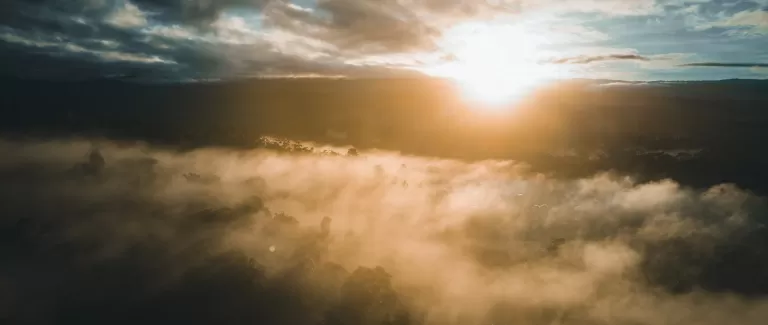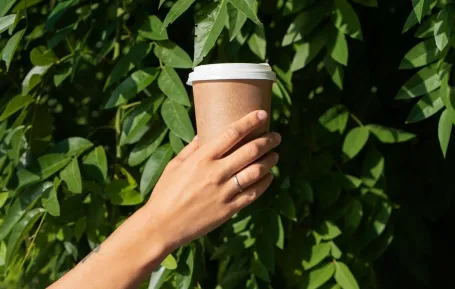A recent study has found that 60 per cent of wild coffee species are under threat of extinction because of the effects of global warming and deforestation in the main growing regions of the world.
Coffee is the world’s third most consumed beverage and is second only to oil as the most traded commodity. Researchers have continued to warn that our beloved morning brew is in danger of becoming a scarce luxury in the decades to come without urgent action.
Soaring demand for coffee
Coffee has never been so popular and some experts are predicting that demand could yet double by the year 2050. So this threat to the production of the bean could be particularly significant. Research published in Science Advances also concludes that existing conservation measures to protect coffee crops are “inadequate”. That means the future of coffee as we know it could be under direct threat with the Arabica variety particularly vulnerable.
Aribica coffee is the world’s most popular species but it is difficult to cultivate and is most at risk from climate change and deforestation. The species requires a cooler temperature to grow and does best at higher altitudes. Global warming may mean that coffee producers are forced to move to higher locales or colder areas.
Coffee also only grows in specific temperatures and in particular environments. A study in 2017 by the Smithsonian Tropical Research Institute estimated that the world’s coffee growing regions could shrink by 88 per cent by 2050 as a direct result of climate change.
Estimates for all plant species predict that 22 per cent are threatened with extinction globally, so a 60 per cent risk to coffee crops is particularly high. Even more alarming is the fact that the species which are under threat are those that have the potential to breed and develop the coffee plants of the future.
And it’s not just climate change which is threatening coffee production. Central American regions have been hit by wave after wave of pests and diseases which decimate crops, most notably coffee leaf rust which is a form of fungal infection. Droughts and fierce storms have led to farmers in Costa Rica giving up their coffee crops in favour of more robust plant stocks.
All is not lost - yet
However, perhaps the alarm bells should not be ringing just yet for today’s coffee drinker. The effects upon production are not likely to be fully felt for several decades yet, by which time many of us will simply no longer be around.
And the final outcome of environmental damage is still not entirely inevitable. For example, in Peru, a UN-backed project is underway to educate farmers in making use of land in a more sustainable way and selecting coffee seeds that will be well adapted to future conditions. Still a small-scale pilot project, scaling up such programmes over the next few years could yet have a significant benefit to the coffee production of the future. New regions are likely to develop in the coffee growing industry with new varieties but much will depend on work done in the next 10 years to protect our beloved brew.
This is why we work with Cool Earth, the non-profit organisation that works alongside Rainforest Communities to halt deforestation and its impact on climate change. Contact us to find out how you can do the same.



